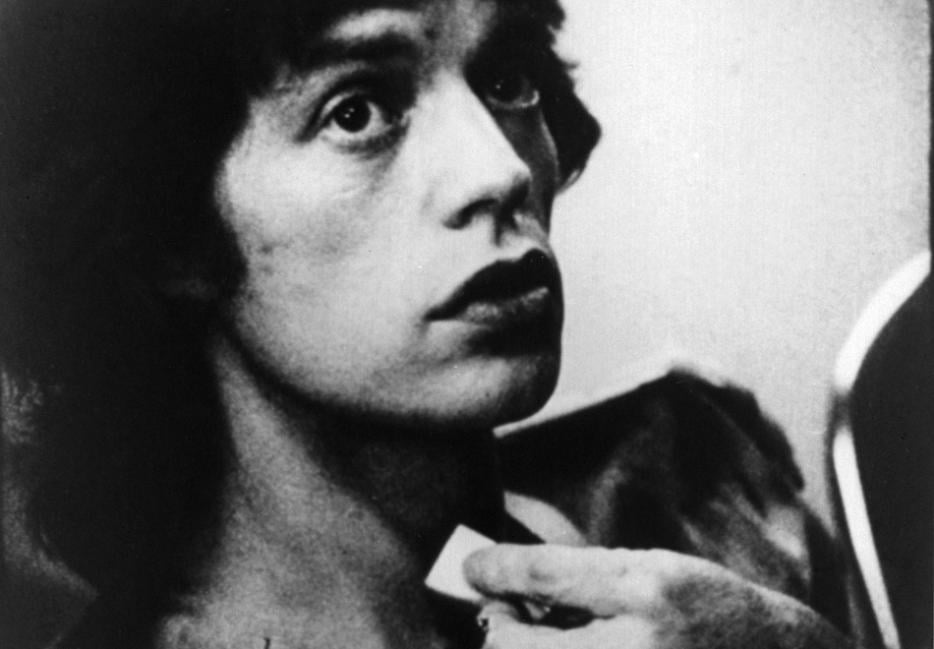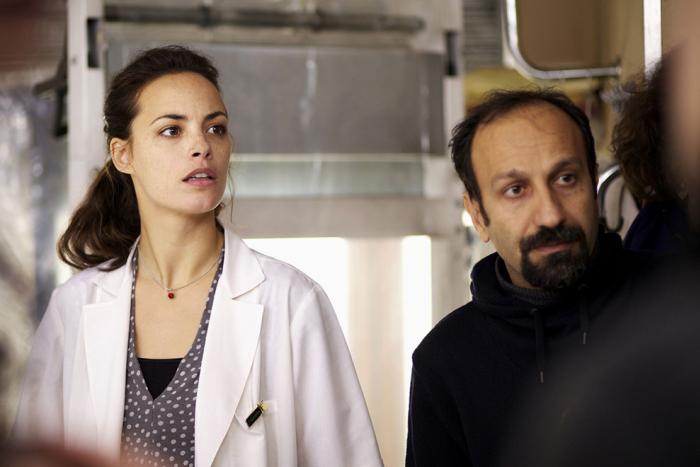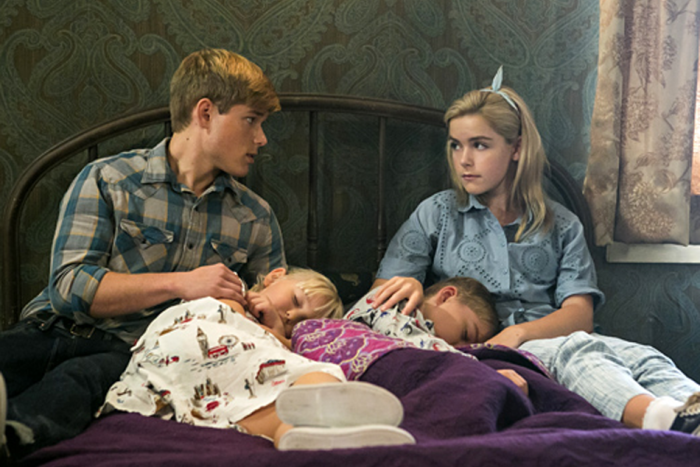Chances are, if you’ve heard of Cocksucker Blues, you’ve probably heard about the scenes in which the Rolling Stones and/or their entourage snort cocaine. Or the ones that show people having sex on screen. Or shooting heroin. Or maybe the one where one man aggressively forces women to strip in front of a group of people.
If Robert Frank’s documentary about the band’s 1972 U.S. tour has a reputation, it’s for documenting and exposing the Stones’ debauchery. The film is arguably just as remarkable, however, for how little action actually occurs in many of its scenes.
Here, for example, are a few other things you see or hear in Cocksucker Blues: Keith Richards debating just how many blueberries, strawberries, and apples to order from room service; Mick Jagger marveling at how good the food is in the American south; Richards so high that can’t sit up straight after a show. The juxtaposition is fundamental: by interweaving the provocative and the mundane, Frank sucks any remaining glamour from the images and, in its place, injects a biting criticism.
More than a straight-up behind-the-scenes music doc, Cocksucker Blues is a film about perception and publicity. What captivates Frank is the mythology behind both the Stones and the culture they represented in the U.S. What ultimately sickens him is how that mythology had, by 1972, become a façade—a storybook bacchanal masking an empty, drug-addled existence. All the more harshly ironic, then, that the film came to be known largely as a document—more glorification than condemnation—of that selfsame damaging, depressing excess.
Contributing to this disconnect is the legal wrangling that followed the film’s production; Cocksucker Blues is a tough movie to track down. After the Stones decided that the explicit depictions of sex, drug use, and general decadence were a legal nightmare waiting to happen, they ensured the doc never received a proper theatrical release. The band even sued to prevent Frank from distributing the film. The filmmaker, however, eventually won permission to show the film four times a year, on the condition that he be present for each screening—making Friday’s 6:30 p.m. showing at Toronto’s TIFF Bell Lightbox theatre an event of some magnitude, even if, you know, YouTube.
Unsurprisingly, the film’s largely unseen status has made it the subject of years of speculation. As Jack Hamilton put it in Slate: “Before my first viewing I’d caught wind of a scene involving groupies and Mars bars and, well, use your imagination, because it doesn’t exist.”
But the fact that the movie has sparked such sensationalized stories about the band’s backstage behavior undercuts the very point it seeks to make in its depiction of that part of the tour in the first place. In the film’s most infamous scene, we hear a radio announcer call Jagger “the Lucifer of Rock,” followed by an ad that promises to “let you look like yourself, not a carbon copy of someone else”—the bad-boy image of the Stones and the individualism of the ‘60s presented side-by-side in their most reductive forms. Meanwhile, on screen, two women are shown on the Stones’ tour plane being forcibly stripped of their clothing and manhandled by one of the Stones’ fellow travellers. Mick and Keith stand close by, content not to interfere, playing hand drums and a shaker.
That the scene was apparently staged only accentuates Frank’s interest in revealing emptiness behind the Stones’ public image, rather than simply exposing what took place behind the scenes on tour. When Cocksucker Bluescaptures Jagger performing, he is at his sultriest—writhing and crawling on stage. The band’s sound is wild, almost unhinged. Watching the rest of the doc’s footage, though, what emerges isn’t an alluring extension of that energy but, rather, the cautionary tale of a party life bereft of any meaning.
Late in the movie, Frank interviews a woman waiting to see a Stones concert. She looks disoriented and reveals that she lost her daughter to children’s services after doing too much acid. “I’m a very sad, lonesome person,” she says. Far from standing out, though, she only extends a trend: that’s pretty much how everyone else in the movie comes off, too.
The Stones may have faced the possibility of arrest had the movie actually been released, but Cocksucker Bluesserved the band better as legend than artifact, anyway. Mick Jagger’s often repeated and possibly apocryphal line about the movie makes that clear: “It’s a good film, Robert,” he reportedly told Frank, “but if it shows in America we’ll never be allowed in the country again.” The movie’s existence on the black market, and the relative lack of information that existed about it as a result, helped support a troublemaker’s image: you thought we were bad, but you have no idea.
It’s all great publicity, if unnecessary today for a band that runs effortlessly on its past successes. Mostly, though, it’s a bitter pill for a filmmaker who, despite his best efforts, made a film that ended up serving as a marketing tool for an image that it actually, by design, disdained.
Tomas Hachard is an Editorial Assistant at Guernica Magazine, a film critic for NPR and Slant, and a regular contributor to The LA Review of Books. You can follow him on Twitter @thachard.






